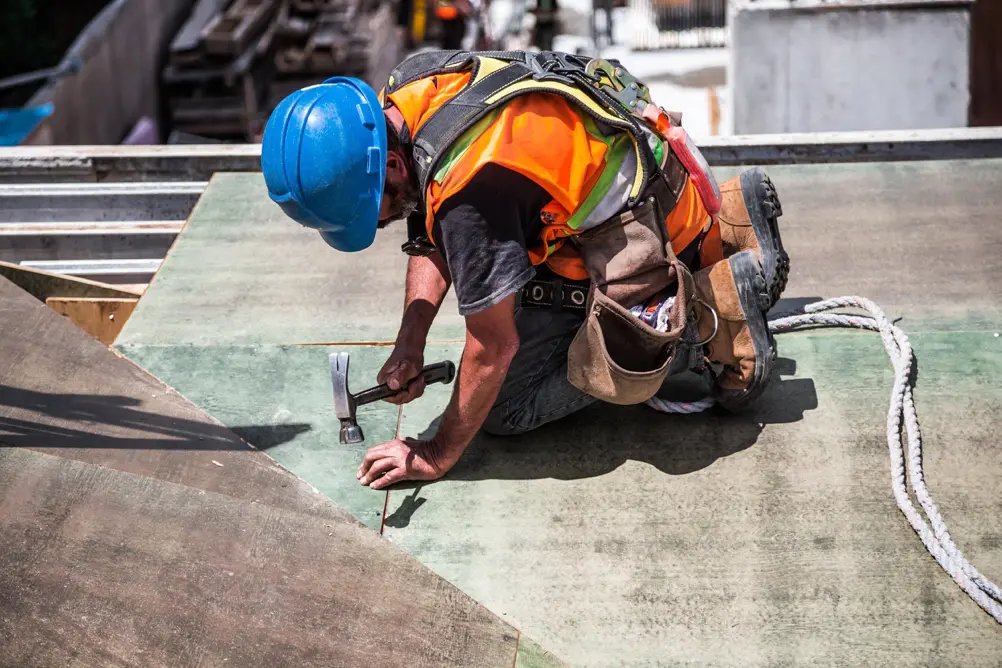Guest Post: Preserving the Original Character of a House During Renovations

Renovations can be difficult and stressful regardless of where you live, but when you decide to renovate an older property, you should be prepared to navigate a few unique challenges. Preserving the home’s original character can be an important part of maintaining and increasing its value, as there are plenty of would-be buyers who deliberately seek out an authentic piece of history. Thankfully, there are several ways you can bring your house into the 21st century without leaving its charm behind.
Do your research
The internet is a great first port of call when you’re considering a renovation on an old property, and could reveal all kinds of essential details. Use it to track down old maps of your property, find out which building materials are best suited to your local climate, and if you can, check the pre-purchase real estate listing. All of this information can help you work out what you can do with your home during the renovation, and what you should avoid.
Consider the surrounding area
As a general rule, if you want your property to look right at home in your neighborhood, it’s a good idea to take some cues from your neighbors. With classic homes in need of restoration, preserving the originality of the same should be high on the agenda. In fact, most councils and local governments will insist on you doing so. Whether your home is a shining example of Greek Revival architecture in Louisiana, Georgian style townhouse in Dublin or a humble three-story residence nestled amongst one of Sydney’s many terrace houses, you want your abode to be reflective of the style unique to the area. You can look at the design of the other properties in your suburb and make a mental note of the features you like (and dislike) and note the way in which other homeowners have expressed their individuality whilst preserving the homogeneity of the surrounding architecture.
Preserve the original flooring
Flooring is a huge part of your interior design, with the power to change the look and feel of any room in the house. By maintaining your original floors, you can preserve a piece of the good old days, whilst avoiding the expense and inconvenience of replacing or updating them. If they’re looking worse for wear, you can try sanding them down or even adding a layer of paint. That said, you should be cautious when examining your flooring for structural integrity before going ahead with sanding or any other thinning procedure. Some flooring materials, particularly wooden boards, are particularly susceptible to moisture, meaning they tend to rot over time, and typically need replacing after about ten years. Another thing you should think about is adding floor insulation.
Keep the windows and doors
Like the flooring, original windows and doors promise to give your home plenty of character, even while the overall look is undergoing a change. As long as the original windows and doors are in good condition, there’s no reason why you shouldn’t feature them as part of your renovated home – a fresh paint job might be all that’s needed to achieve a sense of harmony. It might seem obvious, but if you are planning on reinstalling the same windows and doors, be sure to carefully measure and mark out the right size and shape before cutting any holes in the walls.
Use modern materials sparingly
When you’re in the throes of planning for a renovation, home design magazines might seem like the answer to all of your questions, but the designs can look out of place in an older home. If you already have your heart set on a shiny new bathroom or kitchen design, you’ll need to consider that a full remodelling may not fit in with the aesthetic in your home. Also keep in mind that the amount of space allocated for your bathroom and kitchen will affect other aesthetic elements, like the size and style of your tiles and amenities.
Consider an ecological alternative
Using reclaimed materials as featured elements in the design of your home can radically alter the feel of the home, especially if you can strike the right balance. Mixing old bits and pieces with modern amenities can create an environment which is both cozy and stylish. Even small details like old doorknobs, drawer handles, and latches can help to keep the feeling of your beloved old home alive into the future.
Owning an old home can mean dealing with regular maintenance, repairs, or updates, but the rewards can be great for those who see the value in preserving history. The best thing you can do is to think carefully about any potential upgrades, modernising the necessities, whilst preserving the unique charm and characteristics of your classic home.

